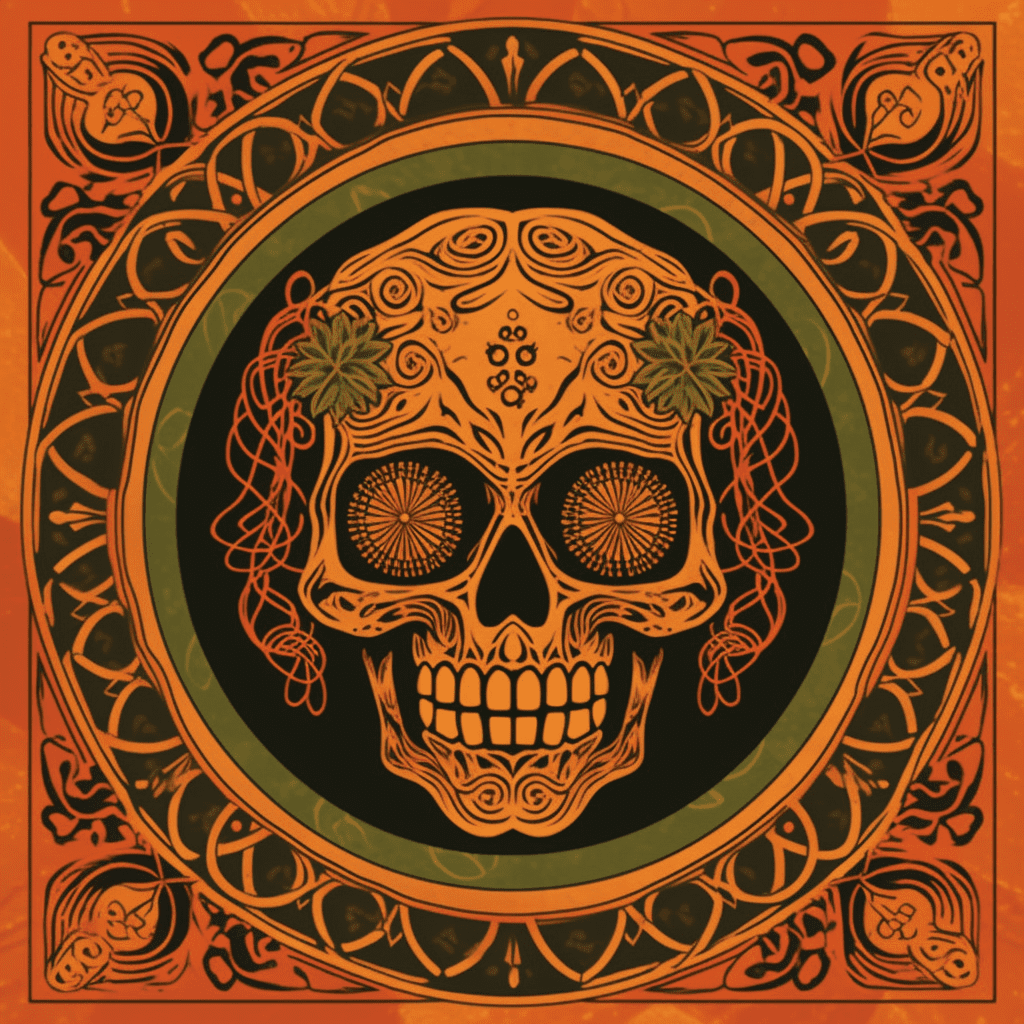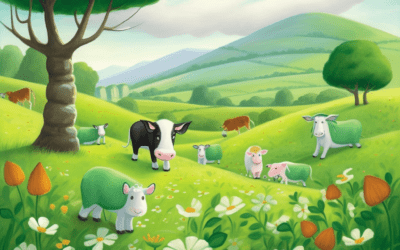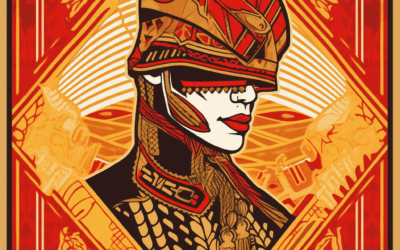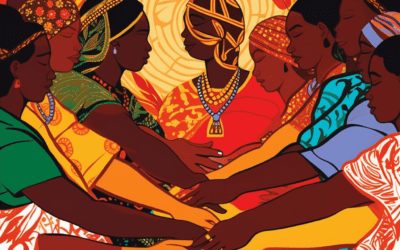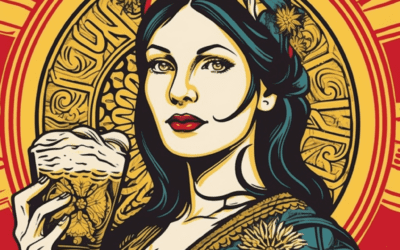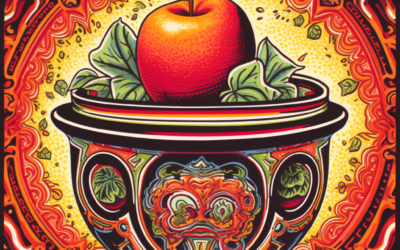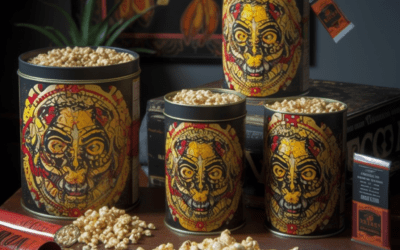The Origins of the Jack-o’-lantern: What’s the Tale Behind It?
The Beginnings of the Jack-o’-lantern Tradition
The origins of the Jack-o’-lantern tradition date back centuries to an Irish folktale about a man named Stingy Jack. Stingy Jack was a deceitful and cunning man who repeatedly outsmarted the Devil. Legend has it that when Jack died, God would not allow him into heaven due to his misdeeds, and the Devil, holding a grudge against Jack, would not let him into hell.
Jack’s Fateful Encounter with the Devil
In his desperate and wandering state, Jack came across the Devil, who gave him a single burning coal to light his way in the darkness. Jack placed the coal inside a hollowed-out turnip to keep it from going out. From that day on, Jack was known as “Jack of the Lantern” or simply “Jack-o’-lantern.”
The Transition from Turnips to Pumpkins
When Irish immigrants brought the Jack-o’-lantern tradition to America, they discovered that pumpkins, native to the region, were an ideal replacement for turnips. Pumpkins were more abundant, larger, and easier to carve, making them the perfect canvas for creating spooky faces.
Samhain and the Spirit World
The tradition of carving faces into vegetables has deeper roots in the ancient Celtic festival of Samhain. Celebrated at the end of harvest season, Samhain marked the transition from light to dark, the end of the summer, and the beginning of the Celtic New Year. During Samhain, the Celts believed that the barrier between the living and spirit worlds was thinned, allowing spirits and other supernatural beings to roam freely.
The Use of Jack-o’-lanterns in Samhain
To ward off wandering spirits, the Celts used to light bonfires on the eve of Samhain. These fires kept the darkness at bay and acted as a protective barrier. They believed that opening their homes to these spirits was a way to ensure a prosperous harvest for the coming year. To guide friendly spirits, they would place carved turnips or beets, imbued with protective runes or faces, near windows and doorways.
Superstitions and Scaring Away Evil Spirits
Over time, carrying lanterns made from turnips or other vegetables evolved into a widespread superstition to scare away evil spirits roaming the night during Samhain. The scary carved faces served as a deterrent, as it was believed that evil spirits would mistake Jack-o’-lanterns for the faces of fellow spirits and leave the area.
The Jack-o’-lantern Tradition Today
The modern Jack-o’-lantern is a quintessential symbol of Halloween. People of all ages everywhere carve pumpkins, sometimes with intricate and artistic designs, to display in their homes, yards, and windows during the spooky season. It’s a fun and creative way to celebrate the Halloween spirit and carry on the centuries-old tradition rooted in Irish folklore and ancient Celtic beliefs.
In Summary
The tale behind the Jack-o’-lantern originates from an Irish folktale about a man named Stingy Jack. The tradition of carving lanterns into vegetables was brought to America by Irish immigrants. The use of turnips and later pumpkins to create Jack-o’-lanterns stems from ancient Celtic beliefs surrounding the festival of Samhain. Carving faces in vegetables served as a protective measure to ward off evil spirits and welcome friendly ones. Today, Jack-o’-lanterns are an integral part of Halloween celebrations, representing both fun and cultural heritage.

